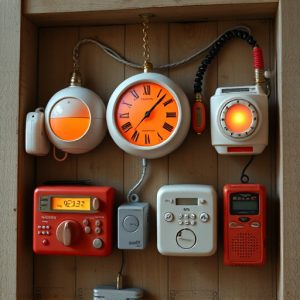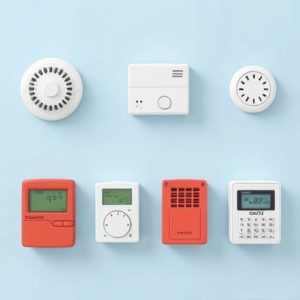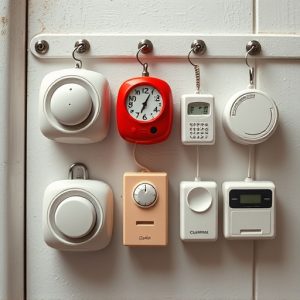Personal Alarm Devices: Ensuring Night Walker Safety in Buildings
Night walks, though serene, carry risks due to limited visibility and hidden dangers. Personal alarm…….
Night walks, though serene, carry risks due to limited visibility and hidden dangers. Personal alarms designed for indoor/outdoor use are crucial safety devices with a substantial Personal Alarm Range in Buildings. Handheld alarms emit high-decibel sounds and strobe lights, effective up to 100 feet (30 meters), with adjustable volume levels catering to diverse indoor environments. Optimizing personal alarm ranges within buildings enhances emergency communication, response times, and overall safety for swift evacuation and emergency services coordination.
In the stillness of night, navigating unfamiliar paths can be a daunting task. Understanding the need for emergency safety devices during night walks is paramount, especially in buildings where traditional rescue systems may not immediately respond. This article explores the critical role personal alarm devices play, delving into their types and effective range within buildings. We guide you through essential factors to consider when choosing the right device for optimal protection, ensuring peace of mind during your nocturnal adventures. Learn about the best tools to enhance your safety in the dark.
- Understanding the Need for Emergency Safety Devices During Night Walks
- Types of Personal Alarm Devices and Their Effective Range in Buildings
- Choosing the Right Device: Factors to Consider for Optimal Protection
Understanding the Need for Emergency Safety Devices During Night Walks
Night walks can be a peaceful and rejuvenating experience, but they also come with inherent risks. Illumination is often limited, which can obscure potential dangers lurking in the darkness. Moreover, in remote or isolated areas, help may not be readily available during an emergency. This is where emergency safety devices for night walking become indispensable.
One such device that stands out is a personal alarm designed for indoor and outdoor use. These alarms offer a substantial Personal Alarm Range in Buildings, allowing users to signal for assistance even within enclosed spaces. Their compact size and easy activation make them convenient tools for anyone venturing into the night, ensuring peace of mind and quick response times in case of an unexpected situation.
Types of Personal Alarm Devices and Their Effective Range in Buildings
Personal alarm devices are essential tools for enhancing safety during night walks, especially indoors where visibility is limited. These portable alarms offer a range of options tailored to different situations and environments. One common type is the handheld personal alarm, designed to emit a high-decibel sound that can attract attention and deter potential threats. These devices often feature adjustable volume levels and built-in strobe lights for added effectiveness.
When considering the effective range of these alarms in buildings, it’s crucial to understand their capabilities vary based on factors like room size, construction materials, and ceiling height. On average, personal alarm devices can project their sound up to 100 feet (30 meters) indoors, ensuring adequate coverage for smaller spaces. However, larger structures with concrete or brick walls might reduce the range, sometimes significantly. Therefore, choosing an alarm with adjustable volume or those designed specifically for indoor use is recommended to ensure maximum effectiveness within different building environments.
Choosing the Right Device: Factors to Consider for Optimal Protection
When venturing out for night walks, ensuring safety should be a top priority. By understanding the specific needs of these scenarios and selecting the appropriate emergency safety device, such as personal alarm devices with optimal range in buildings, individuals can greatly enhance their protection. Considering factors like reliability, ease of use, and durable design, one can choose a device that not only provides peace of mind but also effectively communicates distress signals when needed. Embracing these precautions allows for more secure and enjoyable outdoor experiences under the night sky.


